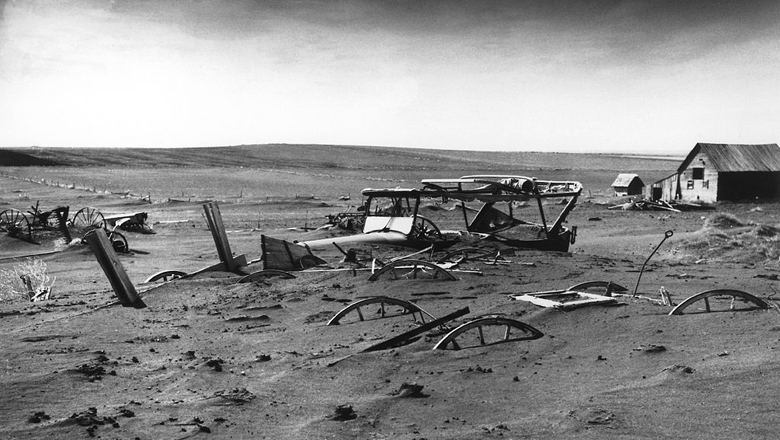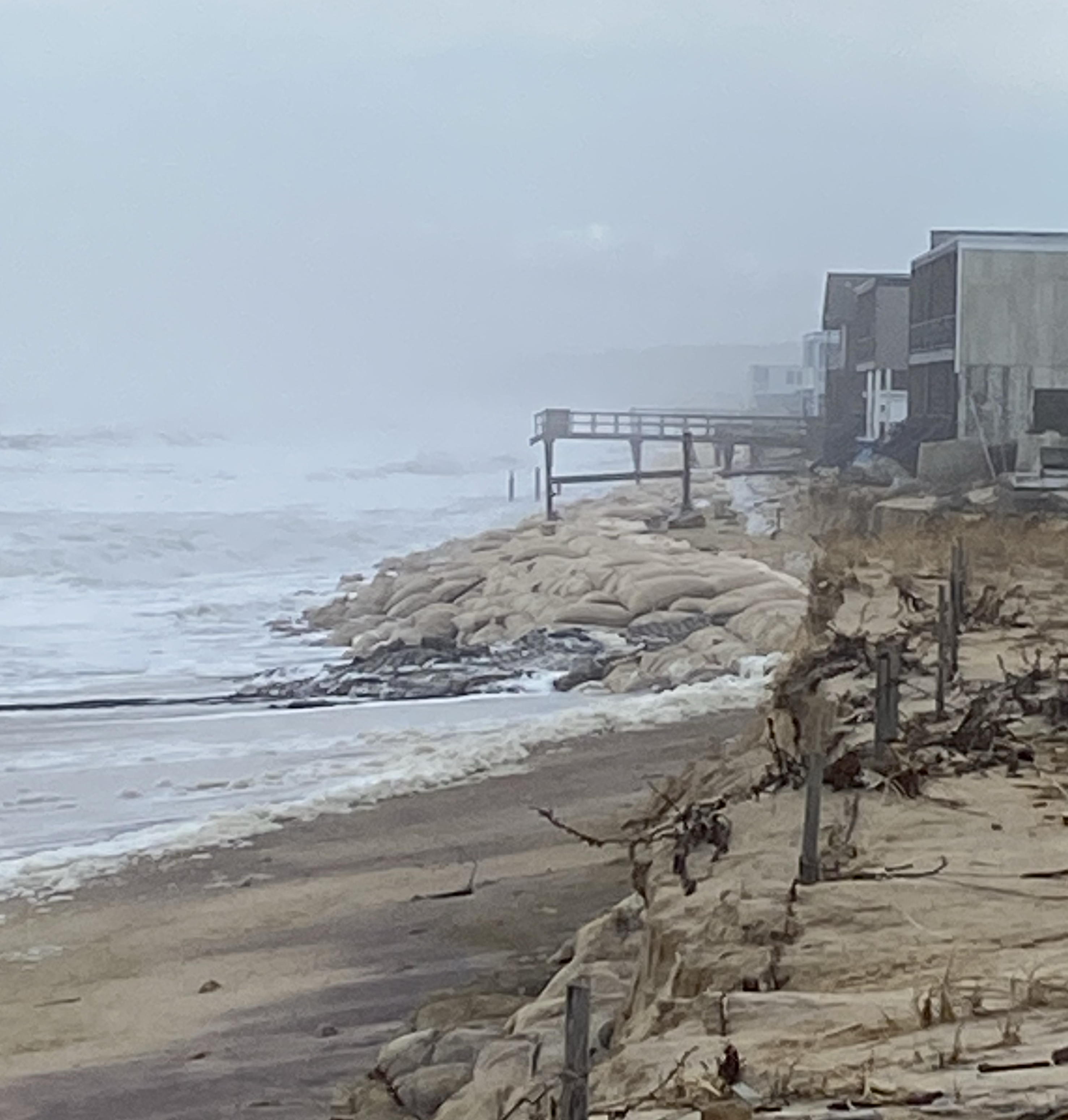
Throwback Thursday: The Dust Bowl

One of the worst environmental disasters in history wasn’t the result of a superstorm, an earthquake or a fuel spill.
It was caused by a nearly decadelong series of disastrous windstorms in the Southern Plains. You may know it as the Dust Bowl.
On Nov. 11, 1933, massive dust storms swept across South Dakota. History.com reports that within two days, dust from the storm had reached Albany, N.Y. — more than 1,500 miles from where the storms originated. In 1933, there were 38 storms in total, according to PBS’ American Experience. That was more than double the 14 that occurred in the region the previous year.
Over the next year, the dust storms spread, and the drought became the worst in U.S. history, with more than 75% of the country affected. On April 14, 1935, a “black blizzard” developed, resulting in the most damage from any storm in the history of the Dust Bowl. It is now known as “Black Sunday.”
While the situation became dire in the Plains, Washington was simultaneously dealing with The Great Depression. Franklin Roosevelt took office in 1933 and Congress worked quickly to push through the Emergency Banking Act of 1933, which stabilized the bank industry. In the months leading up to Black Sunday, a series of farm- and drought-related actions followed, including the Taylor Grazing Act, the Frazier-Lemke Farm Bankruptcy Act and the Drought Relief Service. A week before Black Sunday, the Emergency Relief Appropriation Act was approved by FDR, which along with funding created the Works Progress Administration, employing 8.5 million people — and offering an opportunity for those hard hit by the dust storms.
Soil erosion was the enemy, with experts estimating 850 million tons of topsoil lost in the Southern Plains to the storms over the course of 1935. The Soil Conservation Service, established in April 1935 as part of the U.S. Department of Agriculture, developed techniques that have become standard practice for farmers, History.com said.
Slowly, the Plains were rehabbed by “changing the basic farming methods of the region by seeding areas with grass, rotating crops, and using contour plowing, strip plowing, and planting ‘shelter belts’ of trees to break the wind,” American Experience reports. By the fall of 1939, the rains finally came again, ending the seemingly endless drought — and years of anguish.
(Image at top: Machinery and a car are partially buried in Dallas, S.D., in 1936, in the Dust Bowl. / United States Department of Agriculture)























